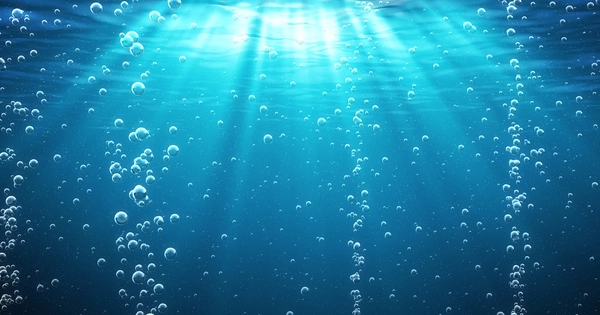Oxygen (O2) is essential for ocean life, but as sea temperatures rise, oxygen becomes less soluble, a process known as deoxygenation (Gao et al., 2019). This is one of the most concerning climate change impacts on the ocean, along with the related threats of ocean heating and acidification.
Ocean deoxygenation refers to the reduction of oxygen levels in the Earth’s oceans. This phenomenon has been occurring as a result of various factors, including climate change, nutrient pollution, and changes in ocean circulation patterns.
One of the main causes of ocean deoxygenation is the warming of the oceans due to climate change. Warmer waters can hold less oxygen, and as a result, oxygen levels in the ocean are decreasing. Additionally, warmer waters can cause changes in ocean circulation patterns, which can further exacerbate oxygen depletion.
Ocean deoxygenation is the reduction in the oxygen content of the world’s oceans and coastal zones caused by human activities such as carbon dioxide emissions and eutrophication-driven excess production. It can be seen in the growing number of coastal and estuarine hypoxic areas, also known as dead zones, as well as the expansion of oxygen minimum zones (OMZs) in the world’s oceans. The rapid decrease in the oxygen content of the oceans endangers all aerobic marine life as well as people who rely on marine life for nutrition or a living.
Ocean deoxygenation is another stressor for marine life. Ocean deoxygenation is caused by the burning of fossil fuels, which causes the expansion of oxygen minimum zones in the oceans. Along with this, ocean deoxygenation is caused by an imbalance of oxygen sources and sinks in dissolved water. Because of the large atmospheric oxygen inventory, the associated relative decline in atmospheric oxygen (0.001% per year) is about two orders of magnitude smaller than the current rate of ocean deoxygenation.
The change has been relatively rapid, posing a threat to fish and other marine life, as well as people who rely on marine life for nutrition or a living. The consequences of ocean deoxygenation affect ocean productivity, nutrient cycling, carbon cycling, and marine habitats. Since 1960, the total ocean oxygen content has decreased by 1-2%.
Ocean deoxygenation can have a significant impact on marine ecosystems, as many marine species rely on oxygen to survive. In areas where oxygen levels are low, marine life can be severely impacted, leading to decreased biodiversity and the collapse of certain fisheries. Efforts are currently underway to better understand and address the causes of ocean deoxygenation, including reducing greenhouse gas emissions, reducing nutrient pollution, and improving ocean circulation models.
Globally, oceans have lost around 2% of dissolved oxygen since the 1950s and are expected to lose about 3-4% by the year 2100 under a business-as-usual scenario (Representative Concentration Pathway 8.5), though the scale of effect is predicted to vary regionally. Much of the oxygen loss occurs in the upper 1000m, where the species richness and abundance are greatest. Even minor changes in the overall levels of oxygen dissolved in the oceans can cause oxygen stress in marine organisms by depriving them of an adequate oxygen supply at the tissue level (termed hypoxia).
















